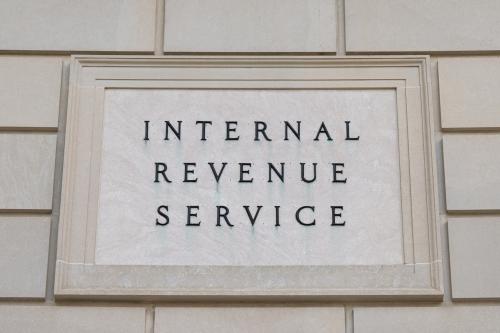The financial crisis devastated the U.S. economy in the fall of 2008 and plunged us into a recession that shuttered American businesses, led to widespread job losses, and wiped out home values and household savings. While the U.S. financial sector has stabilized considerably, and the U.S. economy is growing again, the continued crisis in Europe threatens to halt that progress and choke off recovery.
Three years after the peak of the crisis, it makes sense to take stock.
In the U.S., passage of the Dodd-Frank Act in July 2010 ushered in comprehensive reform in key areas: creating the authority to regulate Wall Street firms that pose a threat to financial stability, without regard to their corporate form; enacting a resolution authority to wind down these major firms in the event of a crisis, without feeding a panic or putting taxpayers on the hook; attacking regulatory arbitrage, restricting risky activities, and beefing up banking supervision; requiring central clearing and exchange trading of standardized derivatives, and capital, margin and transparency throughout the market; and establishing a new Consumer Financial Protection Bureau to look out for the interests of American households.
On the global level, the international community has put forward strict new rules on capital, so that there are bigger buffers in the system in the event of failures. Capital and the risk of assets will be measured in a more conservative way, and capital levels will go up significantly. Systemically important firms will hold even higher levels of capital. And there will be new rules on liquidity and a global leverage limit.
Despite progress thus far, financial reform and the financial system face key threats. First and foremost, regulators need to finish the job of implementing the Dodd-Frank Act and the new capital rules. Yet a key problem here has been the Congress: a number of Republicans have been trying to hamstring reform by blocking the necessary funding (as with the Commodity Futures Trading Commission), blocking nominees (as with the Consumer Financial Protection Bureau), or putting forward measures to repeal parts of the Act (as with requirements for clearing derivatives).
Second, money market funds were a core source of systemic risk in the crisis. When one such fund “broke the buck,” indicating that it could not maintain a stable net asset value in its funds, a massive run on the sector was ended only when Treasury put in place a $3 trillion guarantee. Going forward, the SEC has put forward a number of needed reforms regarding liquidity and other matters, but the sector will not be stabilized unless the SEC issues new rules to require stable net asset value funds to hold capital sufficient to withstand market stress.
Third, the housing finance system remains highly in flux. While the Federal Housing Finance Agency-the regulator of Fannie Mae and Freddie Mac-has been ensuring that they operate safely under conservatorship, key decisions about their future have been delayed. Moreover, regulators have yet to put in place new rules about risk retention in mortgage securitization. Thus, key questions about how the U.S. will finance mortgages going forward remain unanswered. Meanwhile, mortgage servicers continue to drag their feet in refinancing and modifying existing mortgages for underwater or troubled borrowers, adding a real drag on housing.
Fourth, as reforms are being put in place, new risks are developing. For example, just as the use of derivatives and synthetic products contributed to the opaque build up of risks in the shadow banking system, new uses of these techniques are starting to build opaque risks in Exchange Traded Funds, which threatens to undermine the stability of a product that was initially designed as a consumer-friendly, simple, low-cost way to hold a broad index of equities. The Financial Stability Oversight Council and Office of Financial Research need to get on top of new risks quickly.
Lastly, global reform and recovery can easily get off track. So far, the Europeans have done too little, too late to stem their financial crisis. The European Central Bank needs to step in more forcefully on sovereign bonds; regulators need to push through with greater transparency on their stress tests and capital raising for European banks; European derivatives reform needs to accelerate, with strong rules on central clearing, exchange trading, capital and margin, and without national discrimination; and global capital rules need to be implemented with transparent and honest assessment of the riskiness of assets, so the rules are not undermined.
The Brookings Institution is committed to quality, independence, and impact.
We are supported by a diverse array of funders. In line with our values and policies, each Brookings publication represents the sole views of its author(s).



Commentary
The Financial Crisis and the Path of Reform: Three Years Later
December 21, 2011